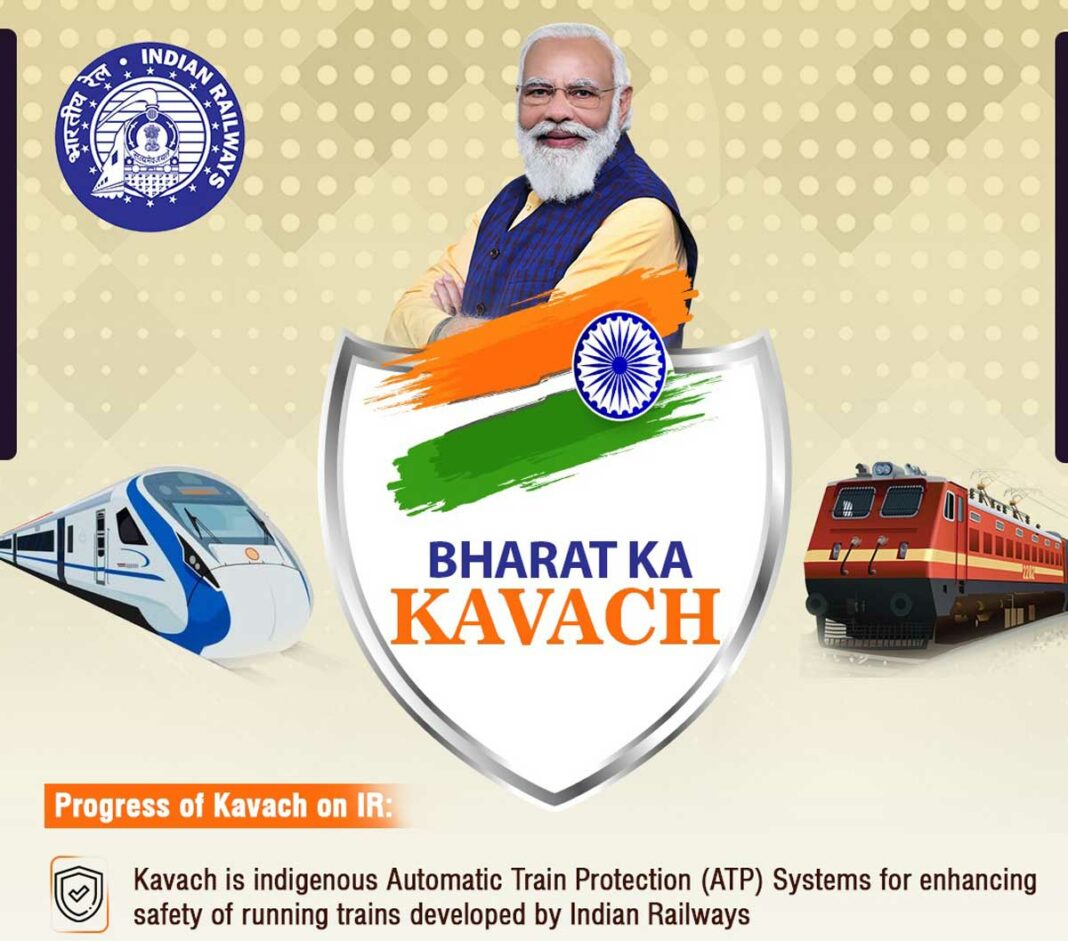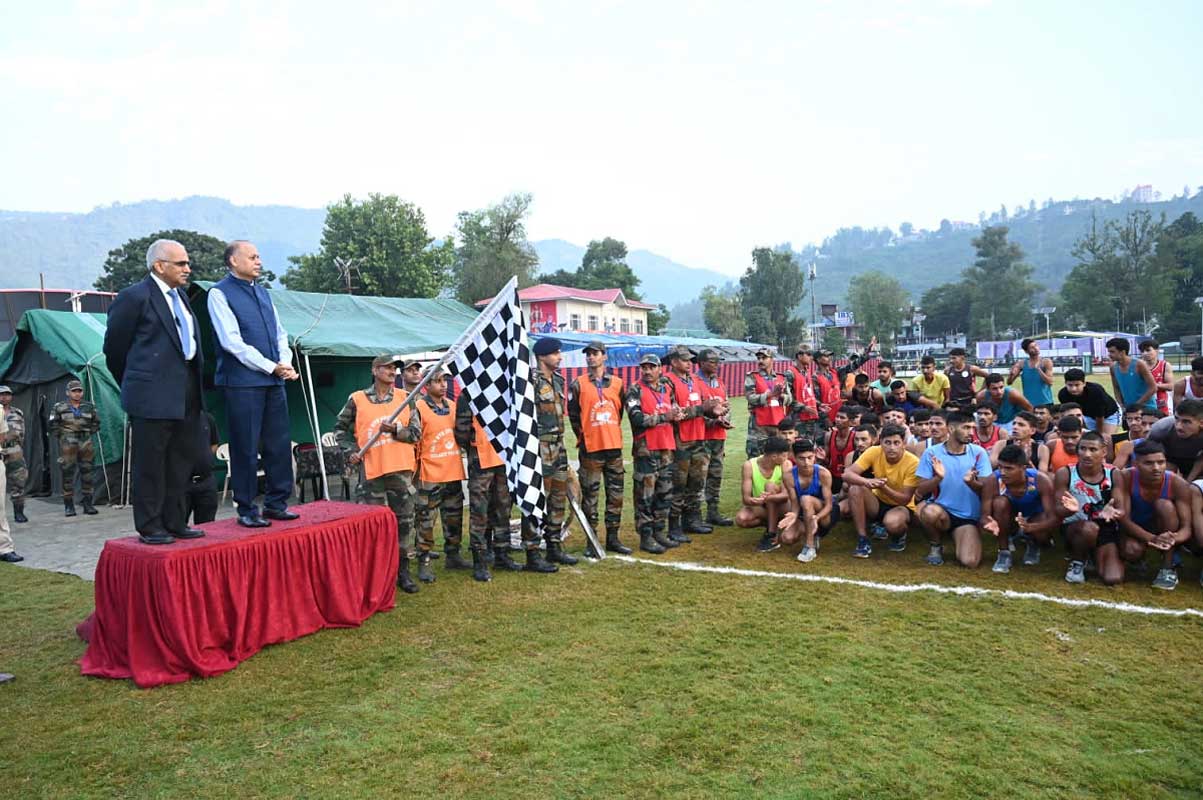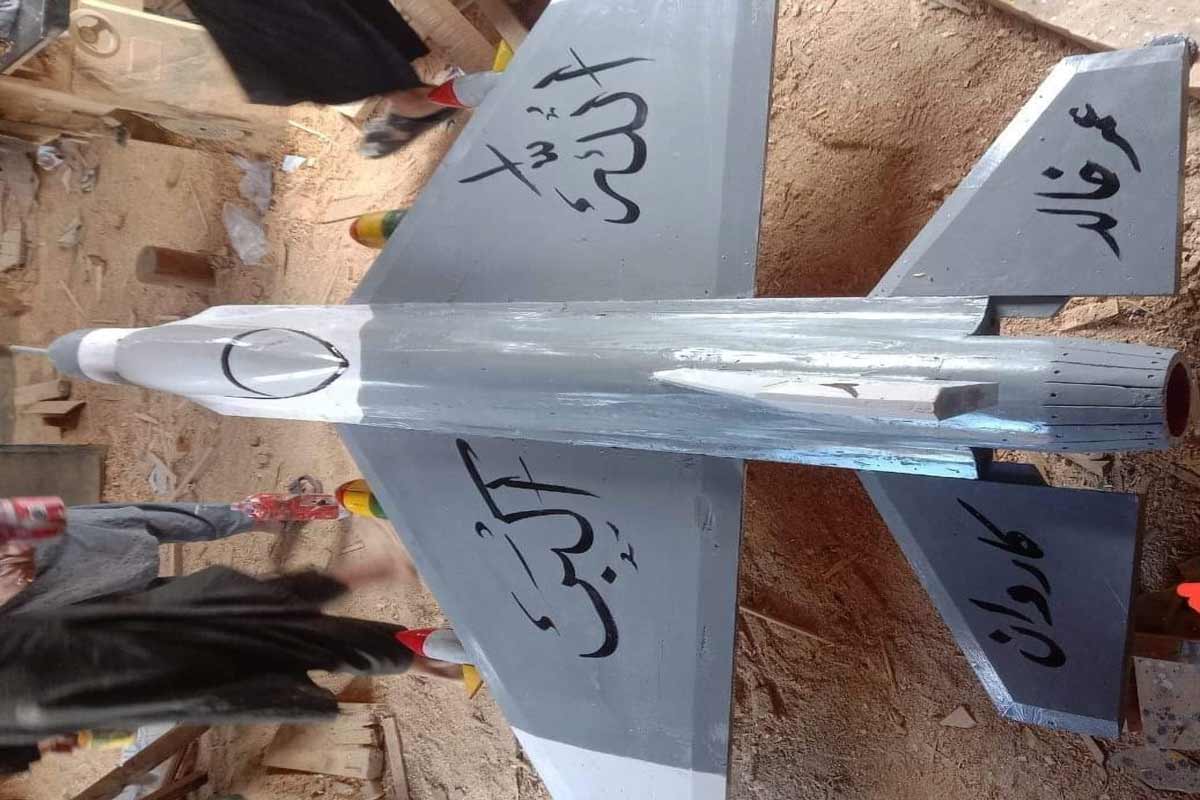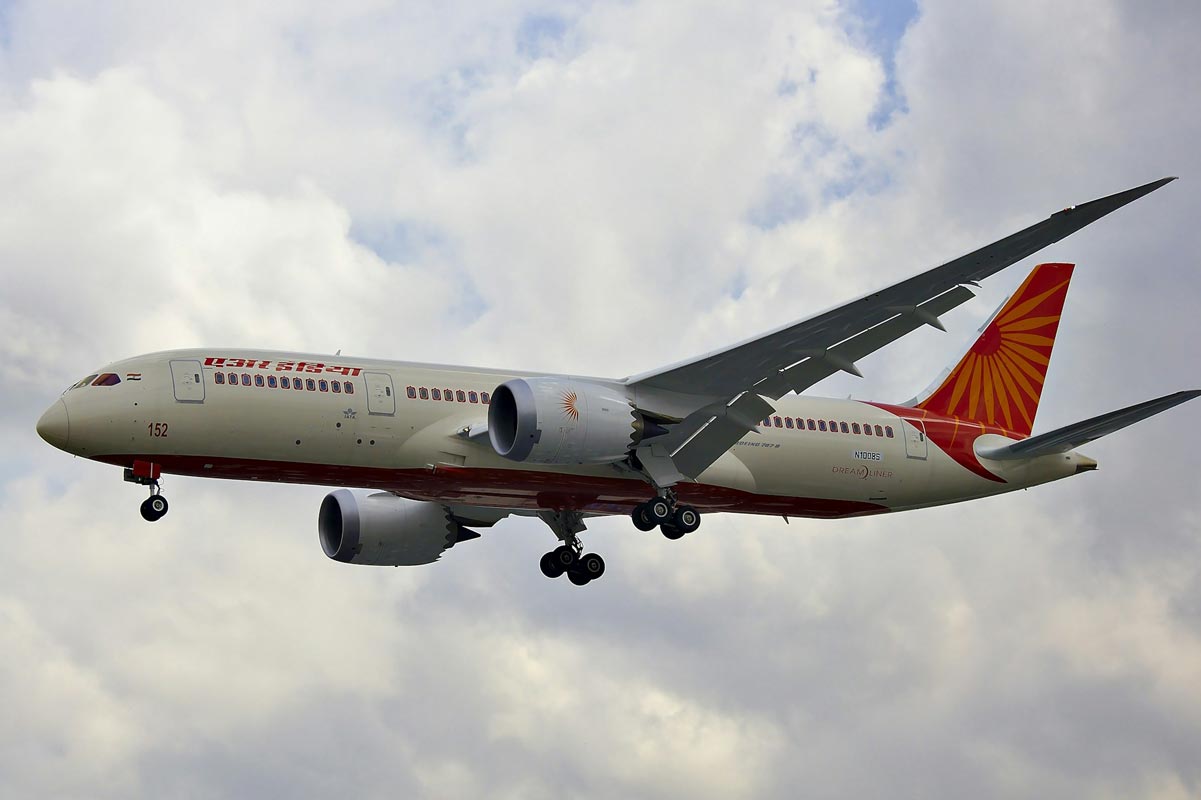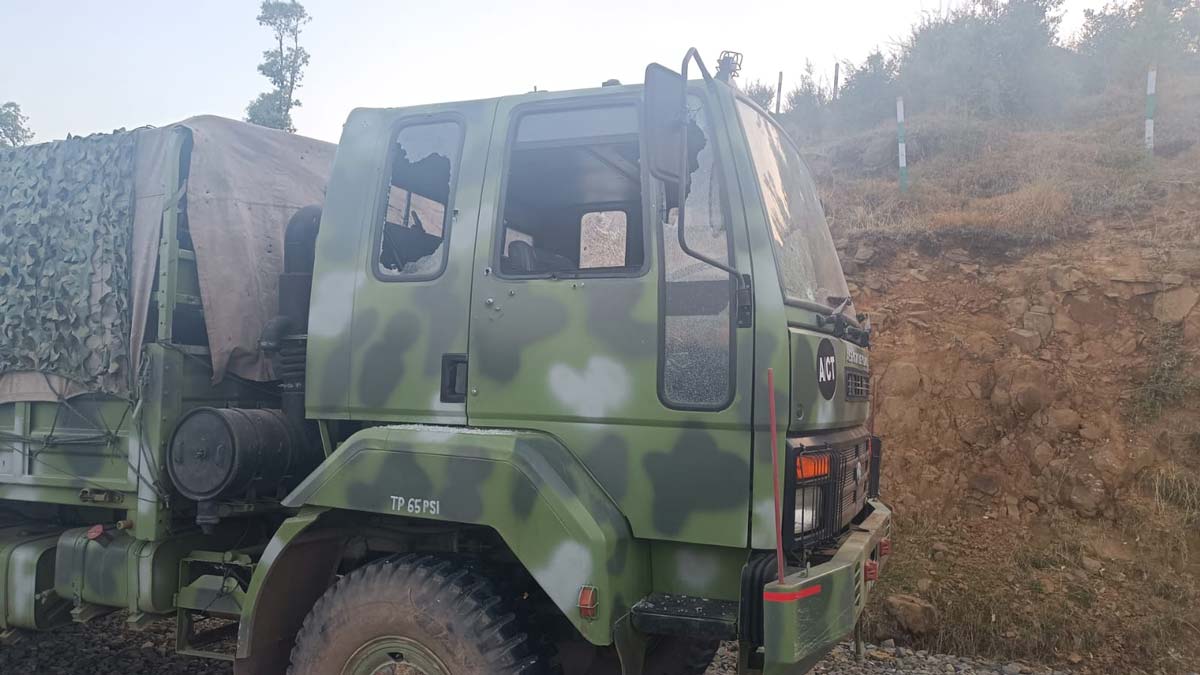The horrendous three-train collision in Odisha, India has already claimed 288 dead and some 1100 injured, till last reports came in. A high-level probe has been ordered and Prime Minister Narendra Modi has said that the culprits will not be spared. The question is who are the culprits? News says that one train was on the wrong track. Was this simply human error by default or design (paid job)?
The immediate criticism is against the ‘Kavach’ (Indian Railways National Automatic Train Protection – ATP) system announced in the 2022 budget as part of Atmanirbhar Bharat, although plans for the Train Collision Avoidance System dates back to 2011 as per a railway department document. One view is that the trains and tracks in the disaster area did not have Kavach cover at all, while another view is that Kavach was grossly ineffective.
Since India is perpetually in the election mode and any and every happening here is connected to politics, there is also speculation about the high level probe; who will conduct it, are the individuals on extended tenure because of elections or blue-eyed of the ruling party, was it ‘only’ human error, scope of cover ups, possibility of scapegoats and the like?
But most important is the question since the time the ‘Digitization-cum-Connectivity Encephalitis’ gripped our policy makers. With respect to ‘Digital India’, private cyber security experts were pointing out in discussions and cyber security seminars that installing systems without adequate cyber security is asking for big trouble. Their view was that we were sacrificing requisite cyber security because it would have raised the costs many times and delayed implementation, which was not considered politically convenient to influence periodic elections looming on the horizon every second-third month.
Many theories are in circulation with regard to the possibility of a cyber attack on the railway signaling system causing the tragedy. China tops the list as the possible cyber attacker, given its history of repeatedly cyber-attacking India including government offices, defence installations, BARC, industry, port and airport systems, AIIMS, satellites, drones and fighter jets.
Another suspect is the US despite the red carpet being laid out for the forthcoming visit of Prime Minister Modi to Washington; applying the Mutt & Jeff mode to convey Washington has the power to do this many times over if India does not ‘behave’. It is no secret that NATO has been discussing how to undermine the economies of China and India and the US wants to destabilize India to bring New Delhi to ‘heel’.
Pakistan is also a natural suspect; call it extension of Pakistan’s proxy war on India, diverting attention from the chaos within Pakistan or whatever. Pakistan could have even executed this from a third party source in order to avoid similar counter action by India. Finally, it is the extremely critical political theory that the railway signaling system was cyber attacked from within India by the ‘Deep State’ since the most damage was caused to Odisha and Tamil Nadu (both states ruled by opposition parties) and the prime minister rushed to meet the injured in the hospitals to garner sympathy for his political party.
As mentioned, this is an extreme view but these critics say that in politics, crocodile tears apart, lives don’t matter and cite how America’s Joe Biden Administration is screwing the economies of Europe amid the theatrics of friendship, concern and sympathy with European countries.
Significantly, our national security agencies, in collaboration with the tri-services, were concurrently engaged in a weeklong cyber defence exercise to assess the durability of India’s essential civilian and military infrastructure. The exercise was spearheaded by the Defence Intelligence Agency (DIA) following collaborative cyber security efforts within the Quad framework, in response to the discovery of Chinese sleeper malware in Australian and Japanese networks. Activation of the bug by China allows for potential disruption of critical infrastructure or extraction of confidential data. So, was this a cyber attack a sample signal by China while we were conducting the national level cyber security exercise?
Whether Kavach is fully implemented or not and whether the collision area was covered by Kavach is not known but earlier news reports had stated that Kavach would be installed across 2000 rail route networks during FY 2022-2023 and over 4000-5000 rail route networks in every subsequent year to bring the complete rail network under the safety system. Installation of Kavach involves expenditure of INR 20 lakh per km of the rail track and INR 60 lakh per locomotive.
If Kavach is not fully implemented, can this be expedited or at least critical security gaps covered. Same goes for the metro rail networks. Individual protection systems have been installed by the concerned States, some in conjunction with the Centre. But despite these safety systems, every 50 metres of the metro rail track is a wireless link connecting the train to the Central Control Station, which can be exploited by our enemies and adversaries. We need to quickly cover such vulnerabilities.
The author is an Indian Army veteran. Views expressed are personal.
Also Read:
- Jammu & Kashmir (J&K) Going Full Spectrum
- Kidzania On The Move, Opens ‘Air India Aviation Academy’ For Children At Noida & Mumbai
- Bound to Burst – The Agnipath Bubble
- The Spectre of Terror
- Air India Joins Hands With Medaire To Offer Enhanced In-Flight Healthcare
- Poonch Terror Attack – Kashmir
~ News4masses is now also on Google news
~ If you want to contribute an article / story, please get in touch at: news4masses[at]gmail[dot]com

